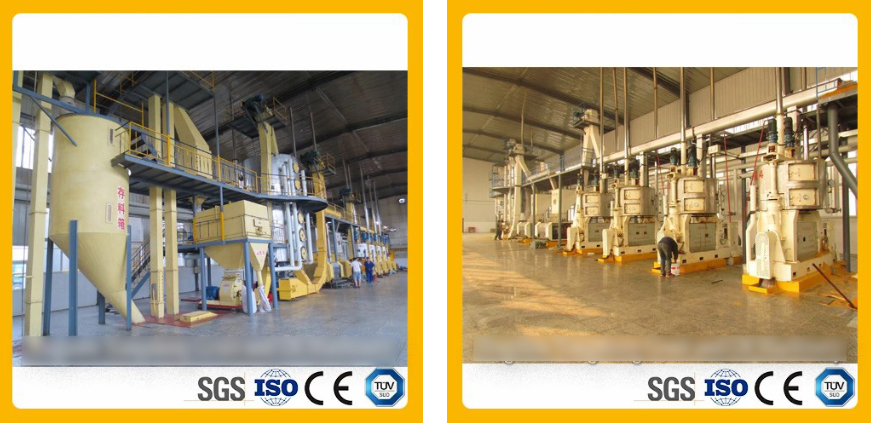ऑक्टोबर . 13, 2024 07:36 Back to list
corn germ oil refined unit factory
Understanding Corn Germ Oil and Its Refined Production Process
Corn germ oil, derived from the germ of corn kernels, has gained popularity in recent years due to its health benefits and versatility in culinary uses. This oil is rich in polyunsaturated fatty acids, particularly linoleic acid, making it a heart-healthy option for cooking. Refined corn germ oil, in particular, undergoes several processing stages to enhance its quality and usability. Understanding the refined production process of corn germ oil can provide insights into its nutritional value and applications in the food industry.
The production of corn germ oil begins with the extraction of germ from corn kernels. Corn, one of the most widely cultivated crops globally, has a germ that contains about 10-12% oil by weight. The extraction process typically involves mechanical pressing or solvent extraction. In mechanical pressing, the corn germ is subjected to high pressure to squeeze out the oil. On the other hand, solvent extraction utilizes a solvent, usually hexane, to dissolve the oil from the germ. After the extraction, the resulting crude oil still contains impurities and unsatisfactory flavors, necessitating further refining.
Refining corn germ oil involves several critical steps degumming, neutralization, bleaching, and deodorization. Each of these steps plays a vital role in producing a high-quality, refined oil that is suitable for consumer use.
1. Degumming Initially, the crude oil may contain phospholipids and mucilage, which can affect its quality. In the degumming process, water or acid is added to the oil to hydrate these impurities, allowing them to be removed easily.
2. Neutralization After degumming, the oil often possesses free fatty acids, which can contribute to an unpleasant taste and reduce shelf life. Neutralization involves treating the oil with an alkaline solution, usually sodium hydroxide, to convert free fatty acids into soap that can be removed.
corn germ oil refined unit factory

3. Bleaching The bleaching process addresses the color of the oil. Activated carbon or bleaching earth is added to adsorb pigments and other color-forming compounds. This step not only improves the appearance but also aids in further purification of the oil.
4. Deodorization Finally, the oil undergoes deodorization, where it is steam-distilled at high temperatures under vacuum conditions. This step effectively removes volatile compounds that can cause off-flavors or odors, ensuring that the refined corn germ oil has a neutral taste, suitable for various culinary applications.
The refined corn germ oil produced through this meticulous process is not just valued for its cooking properties. It is also extensively used in the food industry as an ingredient in salad dressings, margarine, and snack foods. Additionally, due to its high smoke point and neutral flavor, it is favored for frying and baking.
Furthermore, corn germ oil is increasingly recognized for its potential health benefits. Being high in vitamin E and phytosterols, it contributes to dietary needs and supports heart health.
In conclusion, the process of refining corn germ oil transforms a natural product into a versatile ingredient that can be used in various culinary and industrial applications. As consumers become more health-conscious, pure and refined corn germ oil continues to carve out its niche in kitchens and food processing plants alike.
-
HP290 First Press Oil Expeller Machinery: Efficient Oil Extraction
NewsAug.02,2025
-
Top Food Oil Refined Unit Companies w/ GPT-4 Turbo Tech
NewsAug.01,2025
-
Premium Black Seed Oil Expeller - High Efficiency Cold Press Oil Machine
NewsJul.31,2025
-
Oil Processing Equipment - High-Efficiency Flaking Machine
NewsJul.25,2025
-
High-Efficiency Peanut Oil Refined Machine for Quality Oil Production Leading Exporters & Companies
NewsJul.08,2025
-
High Efficiency Sunflower Seed Oil Press – Leading Cooking Oil Press Machine Factories & Suppliers
NewsJul.08,2025
